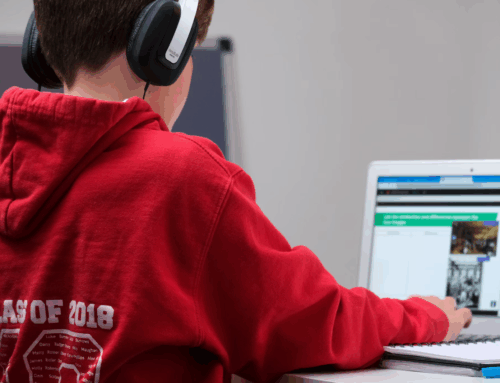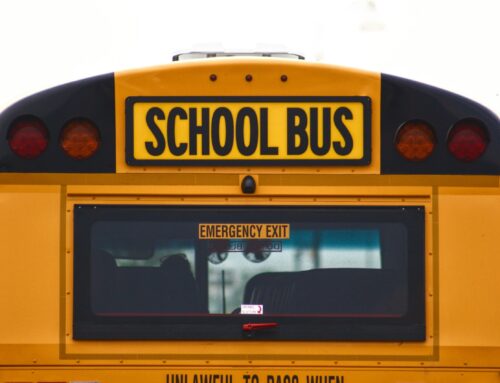 What is Social Emotional Learning (SEL) and Why is it Important?
What is Social Emotional Learning (SEL) and Why is it Important?
The use of Social Emotional Learning in classroom settings aims to provide both teachers and students with the necessary foundational skills, such as emotional competency and compassion, in order to excel within these environments. Within the Journal of Psychologists and Counselors in Schools, it claims that the success of SEL programs heavily relies on specific aspects such as, “…teacher social emotional competency, student-teacher relationships, and the readiness of the school environment.”[1] In exceeding the expectations of these elements, schools are then able to harbor a positive and well-rounded environment that serves to not only meet the academic needs of students, but their emotional and behavioral needs as well.
An integral part of SEL is the “social” aspect, where students learn to communicate with each other with the emotional competency needed to understand one another. As a contributing author of EducationWeek, Matthew Stone touches upon the importance of being social and how research indicates how social isolation and/or loneliness led to increased risk factors of various negative effects such as poor mental and physical health.[2] These elements work to stress the importance of SEL in classrooms and show the preventative effects it has on these risk factors.
How is SEL Being Implemented into K-12 Classrooms?
Across various programs, SEL is being applied to curriculums and staff training in order to support and enable these benefits within student classrooms. One way it is being utilized is through the emphasis on compassion. This focus helps to provide the necessary tools for teachers, with which they can then convey these topics to their students within their preexisting curriculums. Topics that are covered within SEL lessons include, but are not limited to, relating with others and ourselves, and harnessing acceptance in offered compassion.[1] With these instilled principles, SEL lessons can aid teachers and students in cultivating positive environments that sustain emotional competency.
Ralinda Watts, M.Ed conveys an additional way that schools are utilizing SEL, where significance is placed on the overall theme of belonging. In an Instagram post discussing its inclusion, Watts indicates the different ways that schools can harness this attribute, showing how the addition of classroom greetings, community time, identity reflection, and affirmations can foster an environment conducive to emotional competency.[3] In incorporating themes like belonging and compassion within K-12 environments, educators can excel in their use of SEL and better the overall prosperity of students.
In more specific applications of SEL, other schools are implementing its teachings in and out of the classroom, finding benefits in its extension to the outdoors and nature. Within a study indicating the positive attributes of outdoor learning, current research indicates that it can help positively influence students’ social and emotional development.[4] While more research is necessary to fully give way to the idea of outdoor learning, there are observable benefits in students that reflect the values of SEL. In the expansion of SEL and molding it to various platforms, educators are working to not only adapt to their students’ individual needs, but also provide different modes to which they can achieve emotional competency that maintain a positive impact.
Observably, the impact of Social Emotional Learning is evident, where K-12 students can use the skills learned within their learning and succeed in their present and future endeavors. With these attributes, they are able to not only proficiently venture through their academic years, but also place their skills within other environments as well, promoting the necessary emotional and behavioral needs to succeed in the world.
How Does PSG Fit In?
Publishing Solutions Group is proud to support Social Emotional Learning (SEL) by aiding clients in developing content that empowers both students and teachers. We are dedicated to creating materials that foster emotional growth, resilience, and academic success. These factors ultimately work to enhance student outcomes and enrich the overall educational experience.
[1] https://journals.sagepub.com/doi/epub/10.1017/jgc.2023.5
[2] https://www.edweek.org/leadership/why-america-has-a-youth-mental-health-crisis-and-how-schools-can-help/2023/10
[3] https://www.instagram.com/p/C_1COyMSMq-/?img_index=6
[4] https://link.springer.com/article/10.1007/s10643-022-01394-3
Photo free to use under Unsplash license.




